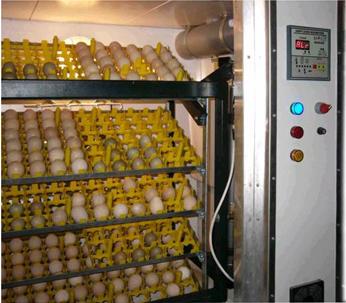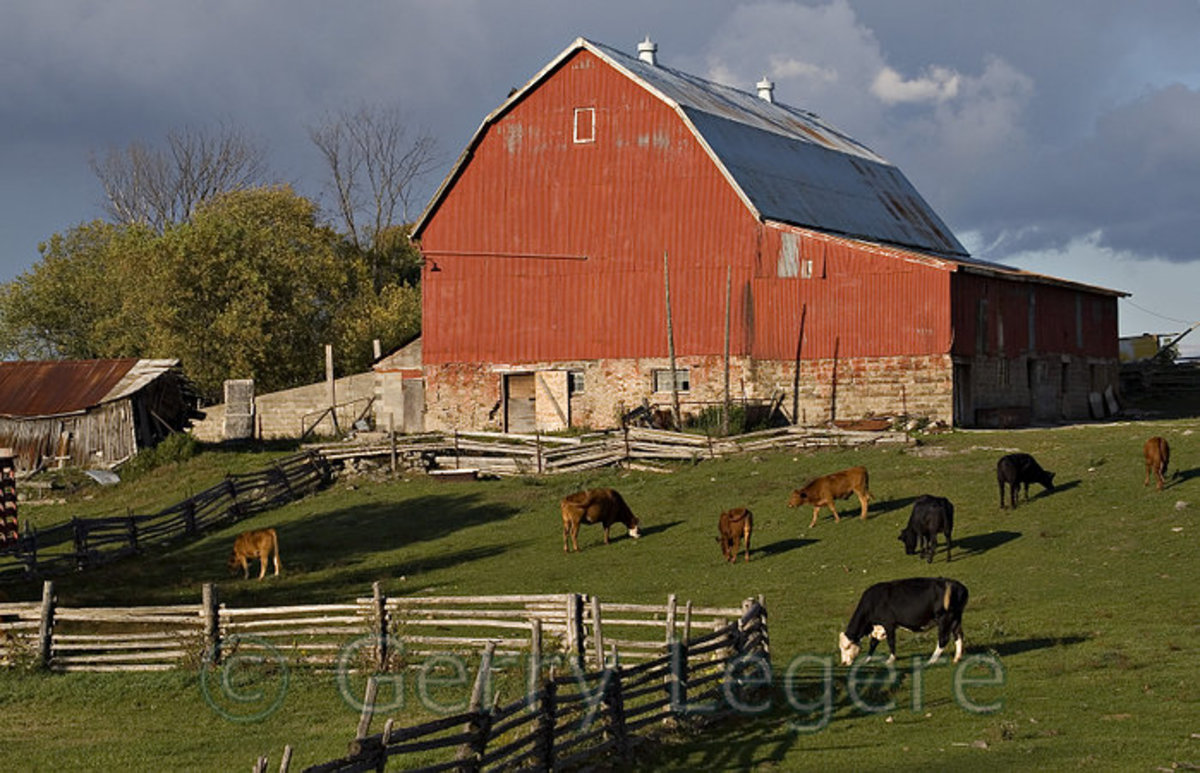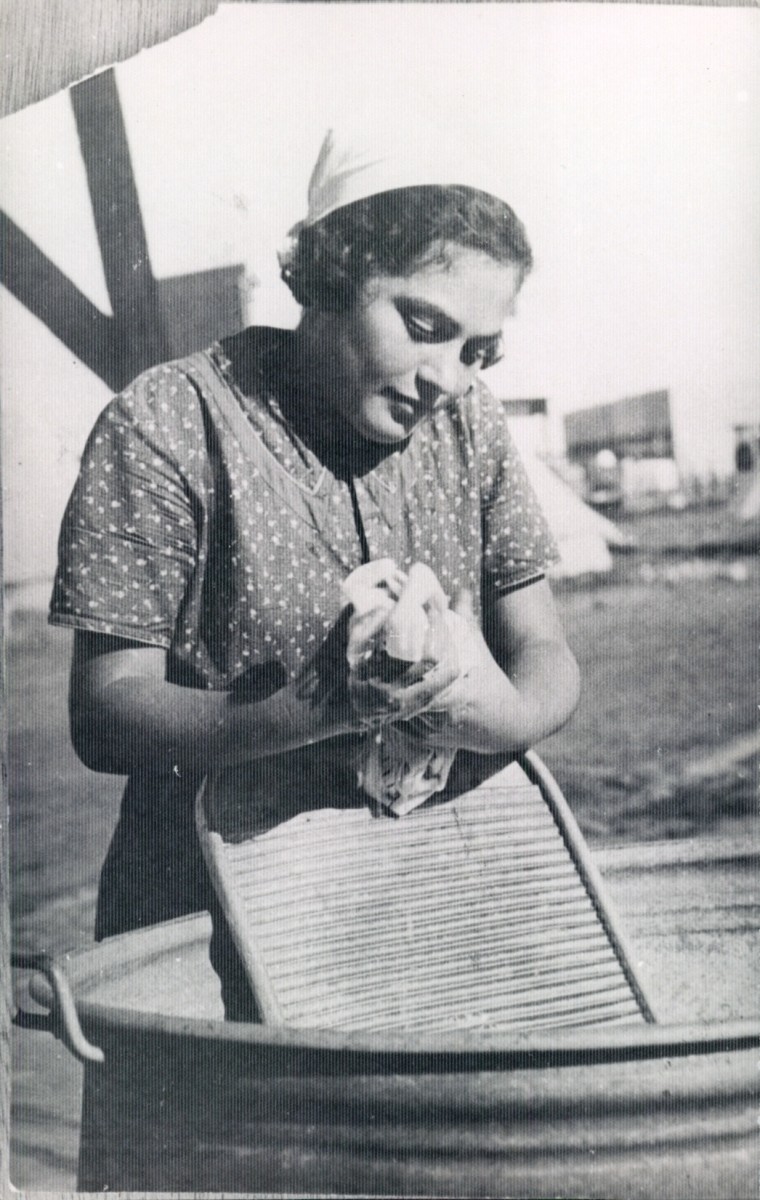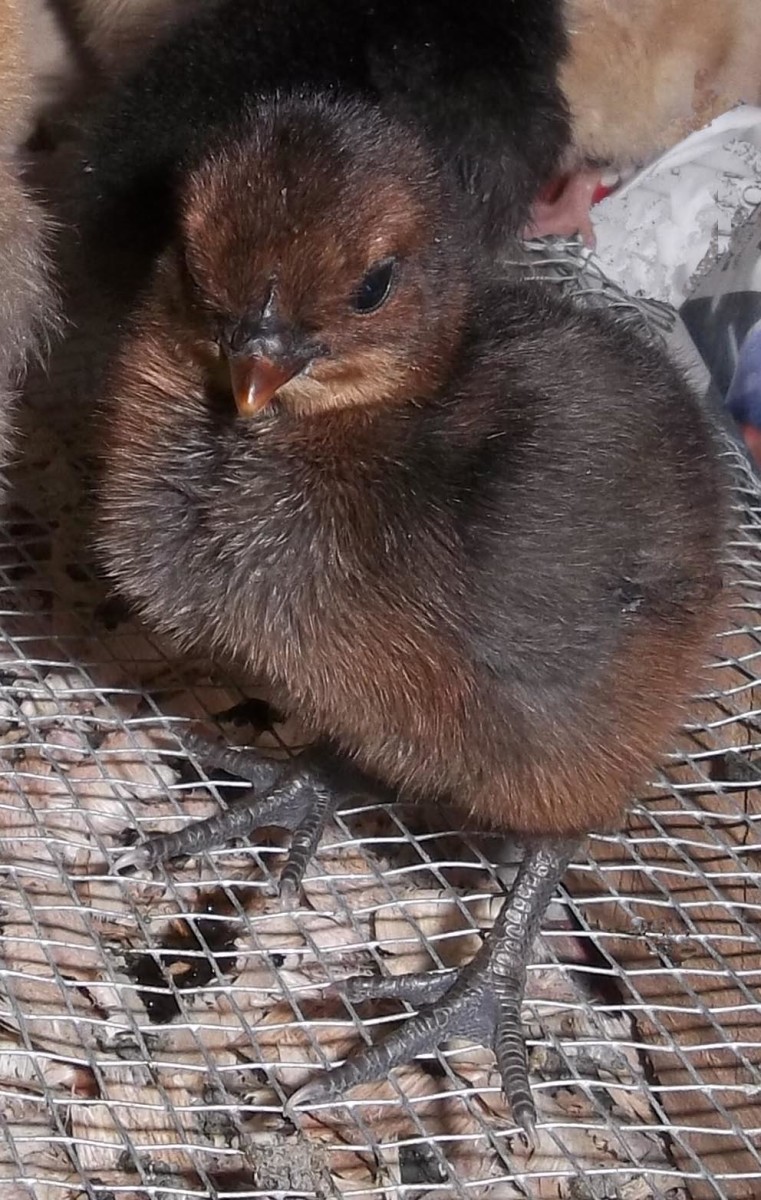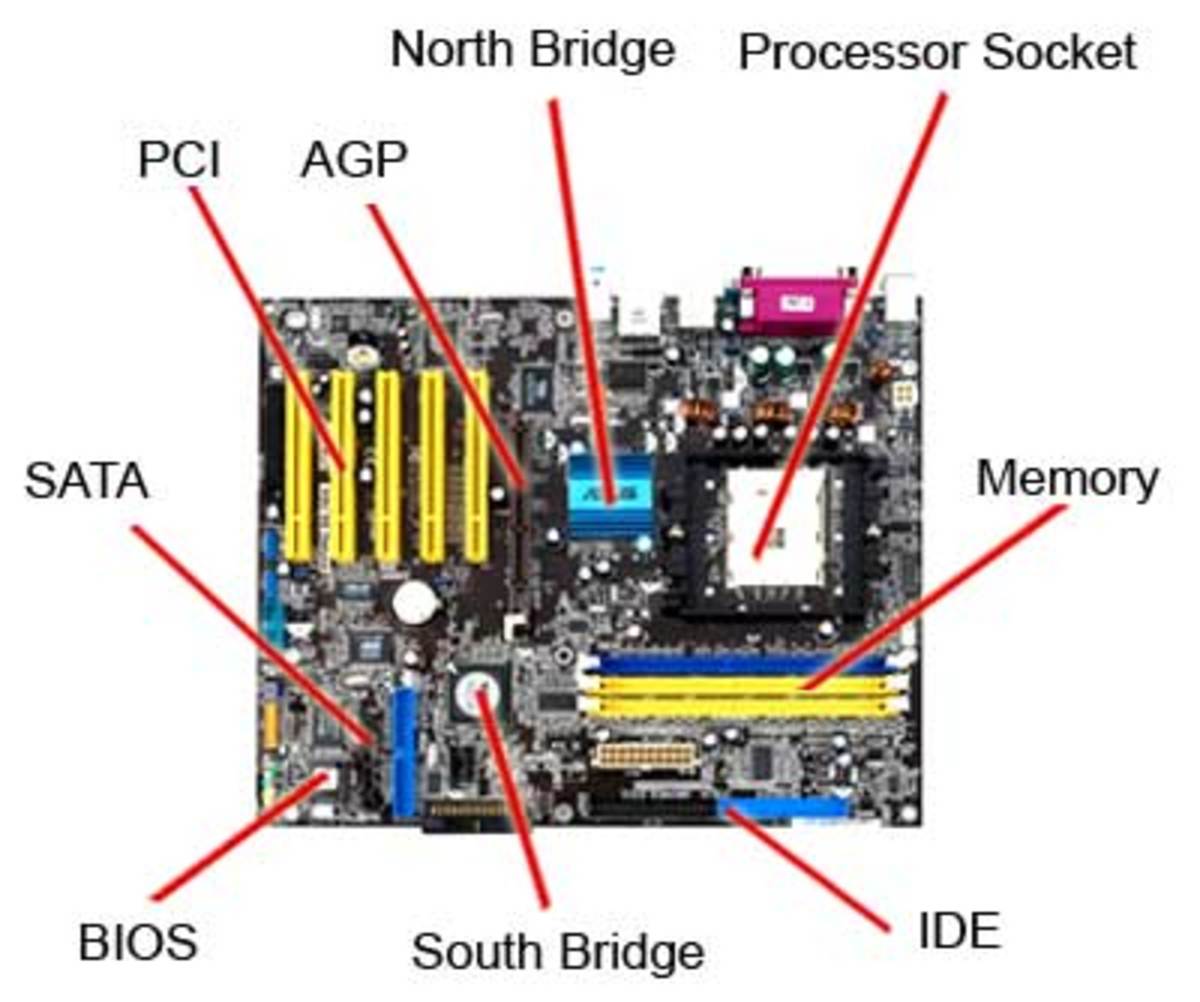Some Farm Machines
Farm machines are very important in agriculture, especially in the agribusiness sector. This is because these farm machines save time. We all know that in the business world, time is money. Machine makes work to be easier. It reduces very drastically the amount of human effort needed to get a farm work done. A dairy farmer should have a milking machine, a poultry farmer should have an incubator, a crop farmer should have a sheller, and cocoa farmer should have a dryer
MILKING MACHINE
The milking machine is the major equipment used in extracting milk from the mammary gland of farm animals. Dairy farm animals are those classes of farm animals that are reared mainly for their milk. They include the cow of the cattle, ewe of the sheep, and nanny of the goat.
Indeed, milk is a very important food in the diet of human as it is a major source of protein, a major body building nutrients. Most homes and offices of the world have this nutritious food item stocked, either in liquid or powdery form, in their shelves.
Milk is a universal farm product.
As the only source of milk is from these dairy farm animals, there is need for there to be an effective system of getting this milk from these farm animals in the most hygienic of conditions, while retaining the natural quality of the milk.
Of course, there is the conventional hand milking method. However, this method is very much tedious and time wasting. In face of the wave of technological advancement cascading all over the world, there is need for us to be conversant with the technology that is employed in the extraction of this whitish and nutritious food material from these farm animals.
The milking machine is the answer.
A typical milking machine is made up of an electric motor, a vacuum pump, a source of power, a trap pail, a vacuum controller, a gauge pulsator, gap, milk tank and four rubber-lined teat cups.
The milk is removed from the teat when the vacuum is applied to the outside of the teat cup liner. When the teat cup liner collapses, the teat is massaged. This action helps to prevent congestion in the teat walls and ensures regular flow of milk from the udder into the teat cups.
Milking machines are more efficient. This is because they save labor and reduce the danger of milk contamination. The quality of milk obtained depends on the care taken in cleaning and operating the machine. To avoid contamination of milk, dairy farmers should ensure there is no dirt, insects, stones, droplets from sick animals, insects, excreta, body hair in the collected milk. In addition, the following precautions should be taken in order to obtain or produce clean and pure milk:
- The animal’s body parts, especially the udder, should be washed before milking begins. Do ensure the clothes worn during milking are kept squeaky clean.
- All equipments to be used should be clean and sterilized. This can be done by rinsing equipment in cold water immediately after use. The farmer, or whoever that is assigned for the task, washes thoroughly in hot water and detergent. Then, the equipments are rinsed and a dairy sterilizer used, according to the manufacturer’s instructions. Boiling and stem sterilizing are other means of keeping equipments clean.
- Ensure personal hygiene by washing your hands thoroughly, wearing a clean overall, and delegating milking task to a professional person when maybe the farmer is down with an infectious disease. This is to prevent the disease transfer to the milk. Good hygiene is maintained before, during and after the milking process.
- Avoid distractions like smoking during milking
- Animals should be milked in clean environment.
INCUBATORS
Incubation can be defined as the process of providing fertilized eggs with optimum conditions of temperature, relative humidity, and ventilation necessary for the development of chicks and their successful hatching. We have the natural incubator and the artificial incubator.
The natural incubator is the hen, itself.
The artificial incubator is the machine.
After a hen had laid its egg, the natural inclination is for it to get into what is called a broody mode. This means the hen would suspend all activities to sit on the laid eggs and ensure they incubate and hatch successfully to chicks. The hen provides the right temperature, relative humidity, ventilation and intermittently turns around each of the eggs with its body or beak.
Touching as this maternal care is, it is a hold-up for the commercial farmer.
He knows that time is money.
The time the hen was on the eggs brooding, it would have used that time to lay more eggs.
Time is money!
The time the hen is using to brood on 15 eggs, it would have used it to lay 15 more eggs.
In the face of this, Rene-Antoine Ferchault De Reamur must have thought of the lost time and decide to invent the incubator machine. However, artificial incubation has been used over 2000 years by the Chinese who hatched eggs in large, clay-brick ovens, heated by burning wood.
The incubator machine artificially provides the laid eggs with the ideal temperature and relative humidity the hen would have provided. In the face of this, this machine is a must-have in every commercial poultry house, whether the deep-litter system or the battery poultry system. The machine has many types and ranges ranging in size, from small-sized to room types. The type of incubators includes the natural draught or table type and forced or cabinet type.
It usually takes 21 days for fertilized eggs of domestic fowl to develop and hatch in incubators. For the incubator to function well, the machine should be run for 12-24 hours before fertilized eggs are placed in them. A temperature range of 37 degree centigrade to 39 degree centigrade should be maintained in the incubator for a successful hatching. A relative humidity of 50 % - 70 % and adequate ventilation should be provided.
A typical incubator is made up of a setter and a hatcher. The fertilized eggs are usually kept in the setter for 18 days while for the remaining three days before hatching; the eggs are placed in the hatcher.
Other components of an incubator include:
- Thermometer should be present to detect the degree of hotness and coldness of the incubator.
- Lantern, Heater or electric heater to provide heat
- Control Unit, damper or thermostat
- Relative humidity mediation unit that can be a basin of water, cotton wool, or humidifier
- Felt tray, which is used to hold eggs and reduce cracking.
- Fan or air circulation unit or vent for ventilation
- An insulator should be present in the machine to prevent heat loss.
- Egg turning device for regular turning of eggs
SHELLERS
Shellers are machines that are operated electronically, mechanically or manually. It is made up of a hopper, bucket, a winder, and a drum with rubber or metal spikes. Shellers are of different types made to suit the type of crops to be shelled. It is a processing machine used to separate dry grains at 10 % moisture content from the cob of the maize.
USES OF SHELLERS
Shellers are used mainly to separate the seeds from the husk or cob of grains like the corn.
In other words, shellers are used in removing the hard, outer covering of nuts, grains that include rice, maize, cowpea, e.t.c
DRYERS
Dryers are farm machines that are used to reduce the moisture content of farm products. These farm products include grains, cocoa, etcetera
Dryers operate with electricity.
FUNCTIONS OF DRYER
It is used for drying plant materials such as cocoa, beans, groundnuts, maize.
It is used for drying animal products such as meat.
It generates heat or distributes heat that dries up or reduces moisture content of stored produce.
The question then becomes how the dryers get rid of moisture.
It does this through the following way:
The dryer initiates operation by increasing the temperature in the storehouse. This leads to the formation of vapor
There is a fan in the dryer that now blows out the hot vapor that make contact with the farm products to be dried.
There are many farm machines out there. All farmers are advised to have these machines on their farms to make work easier and faster.
Remember, time is money.
